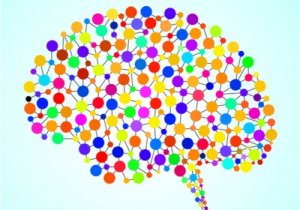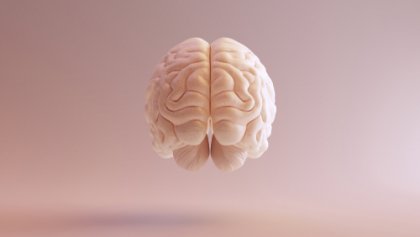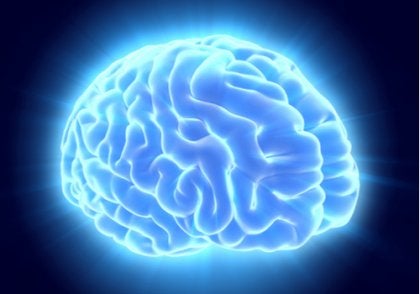The 97 Previously Unknown Areas of the Brain

The brain continues to be a fascinating research subject. The more we learn, the more questions and surprises emerge. For example, researchers at the University of Washington made a new map of the brain that shows 97 previously unknown areas of the brain.
A brain map is a graphic representation of the brain. Scientists use different neuroimaging techniques to show the different areas of the brain and their respective activity. When used for diagnostic purposes, mapping can show whether a brain is healthy or has some anomalies.
Researchers at the University of Washington collaborated with scientists from St. Louis Missouri, Oxford, London, Minneapolis, and Nijmegen to make a different kind of brain map. Their goal was to use cutting-edge technology to identify all of the areas in the cerebral cortex. As a result, they discovered previously unknown areas of the brain.
“People often ask how I got interested in the brain; my rhetorical answer is: ‘How can anyone NOT be interested in it?’ Everything you call ‘human nature’ and consciousness arises from it.”
-Vilayanur S. Ramachandran-

Research methods
To identify these previously unknown areas of the brain, scientists recruited 210 volunteers. All were young and in perfect health. The goal was to study healthy brains.
The researchers used the newest technology available, such as software capable of identifying particularities and contrasts in different areas of the brain. In the simplest terms, they detected the digital footprint of each area.
The study also included data from post-mortem research. Scientists examined some parts of these brains with powerful microscopes to amplify, verify, or nail down their findings. Nature Communications published the complete study, showing the 97 previously unknown areas of the brain.
Neurology and previously unknown areas of the brain
Neurology is a relatively new field, having only been around for a little over a century. From the beginning, neurologists theorized that the cerebral cortex was divided into different zones or “modules” and each zone had a different, specialized function. Mapping them was extremely difficult at first because the technology was imprecise.
The first person to map the brain was German scientist Korbinian Brodmann in 1909. His work showed that there are 51 different areas of the brain. Brodmann’s map is still relevant today and remains largely unchanged.
Subsequent neurologists complemented Brodmann’s research with data from brain injury cases. Injuries, strokes, or tumors made it possible for scientists to test whether or not they influenced motor function, visual function, etc. After that, no other major headway was made with brain mapping until now.
Matthew Glasser and David Van Essen are the scientists in charge of this new type of mapping. They designed their map with three criteria in mind: function, local microarchitecture, and connectivity. These would determine the differences between the various areas of the brain.

What new information does this project bring to the table?
For one, scientists were able to confirm that each hemisphere of the cerebral cortex contains 180 cortical areas. Among them are 97 previously unknown areas of the brain. The new map allows scientists to see these regions with remarkable clarity. It’s almost like looking at a political boundary map.
The study is called The Human Connectome Project. The National Institutes of Health in the United States is financing the study. It’s still far from over because researchers haven’t finished interpreting their findings. Also, scientists are just starting to come up with hypotheses about the function of these previously unknown areas of the brain.
One of the regions, called 55b, has gotten researchers’ attention. That’s because it lights up when a person listens to a story. Another area that’s particularly unusual is POS2. Scientists observe that its pattern is very different from all the others, and believe that it might control highly-specialized functions.
In reality, The Human Connectome Project has barely scraped the surface. There’s so much more to discover. The whole prefrontal cortex, responsible for human beings’ highest intellectual function, has barely been explored. Hopefully, this first step will open the door for many more years of research. What surprises about the brain will we discover next?
All cited sources were thoroughly reviewed by our team to ensure their quality, reliability, currency, and validity. The bibliography of this article was considered reliable and of academic or scientific accuracy.
- Casino, G. (2012). Conectoma Humano, el gran proyecto de la neurociencia. Alfa, (17), 16-19.
This text is provided for informational purposes only and does not replace consultation with a professional. If in doubt, consult your specialist.








